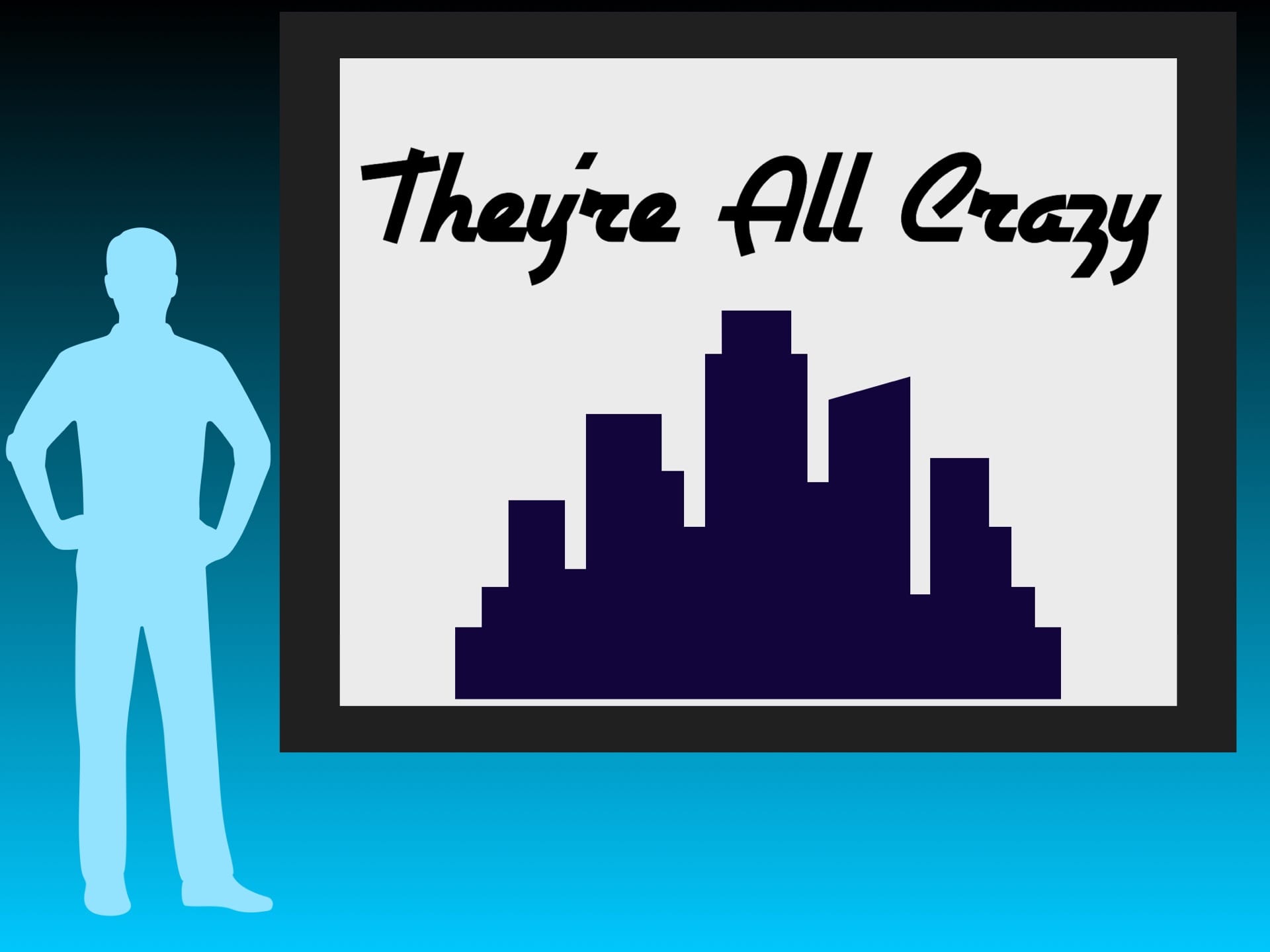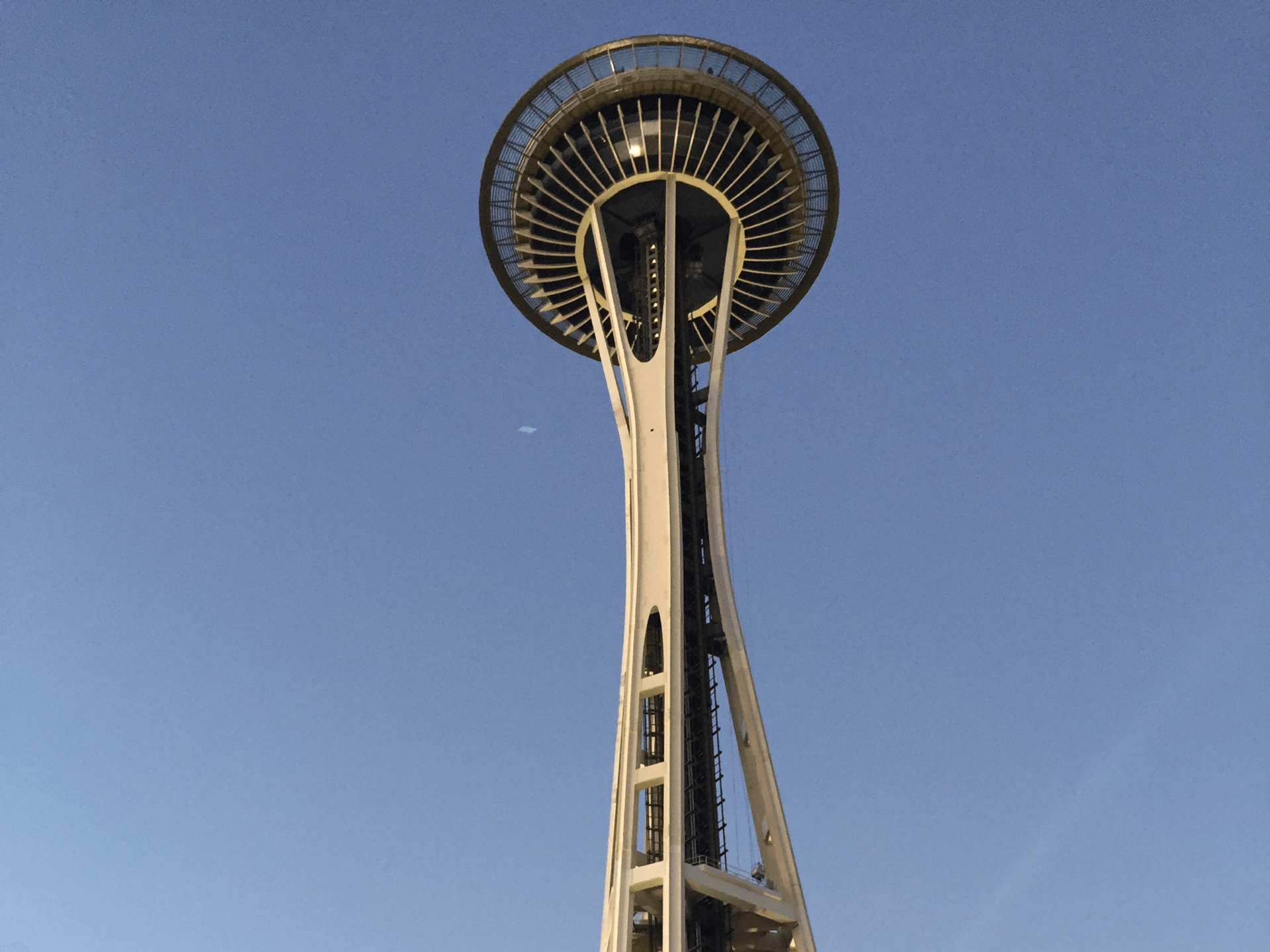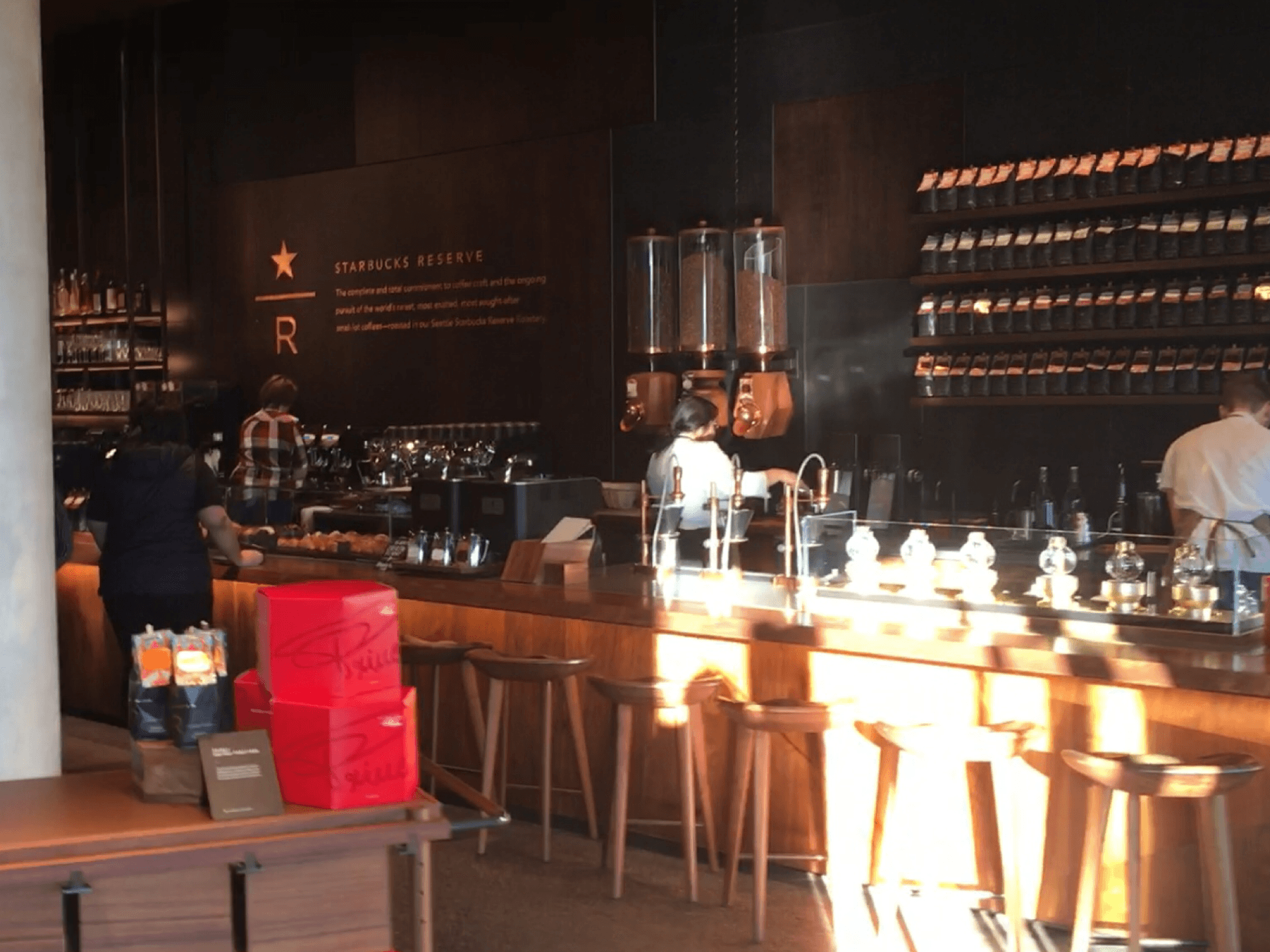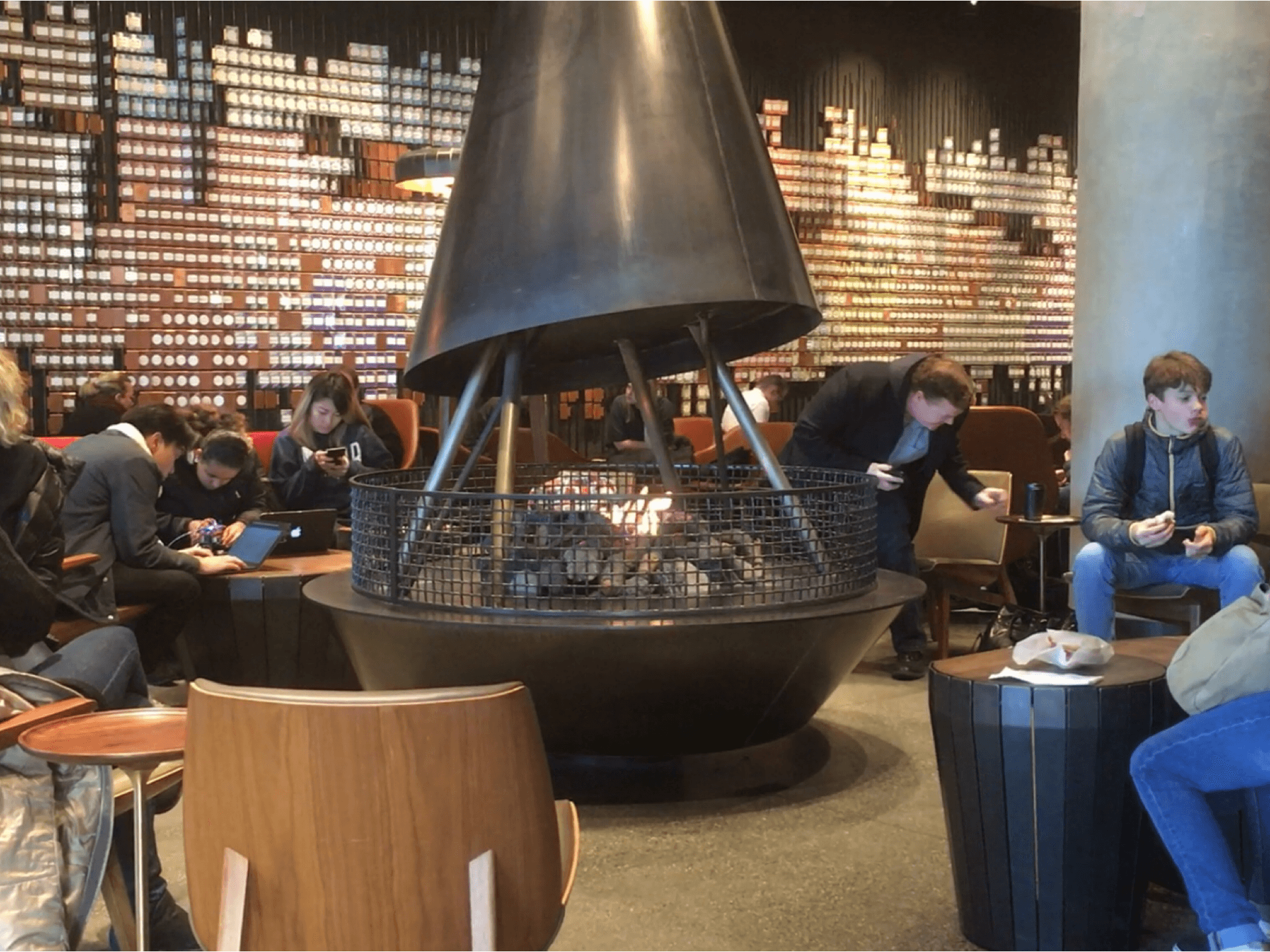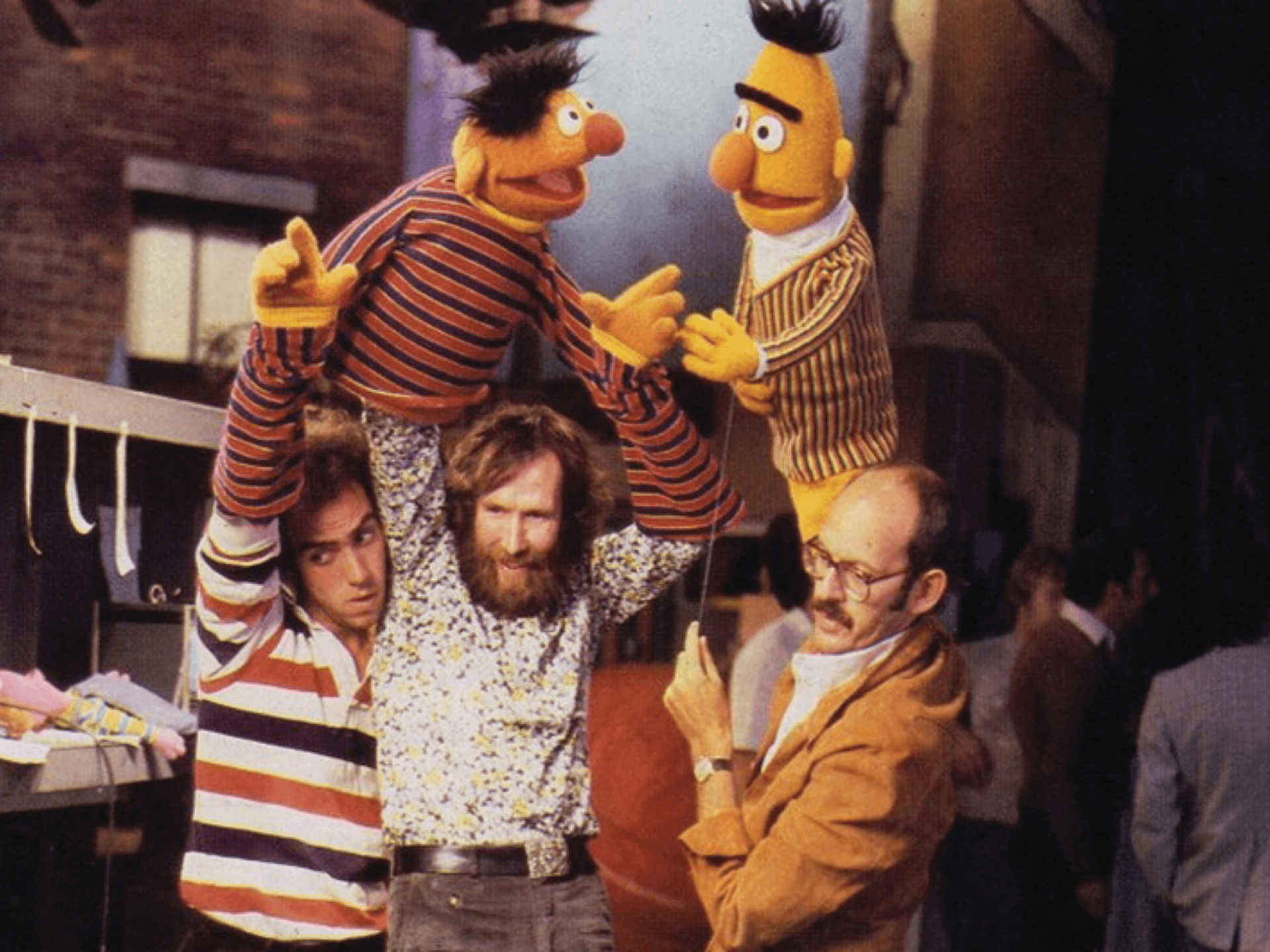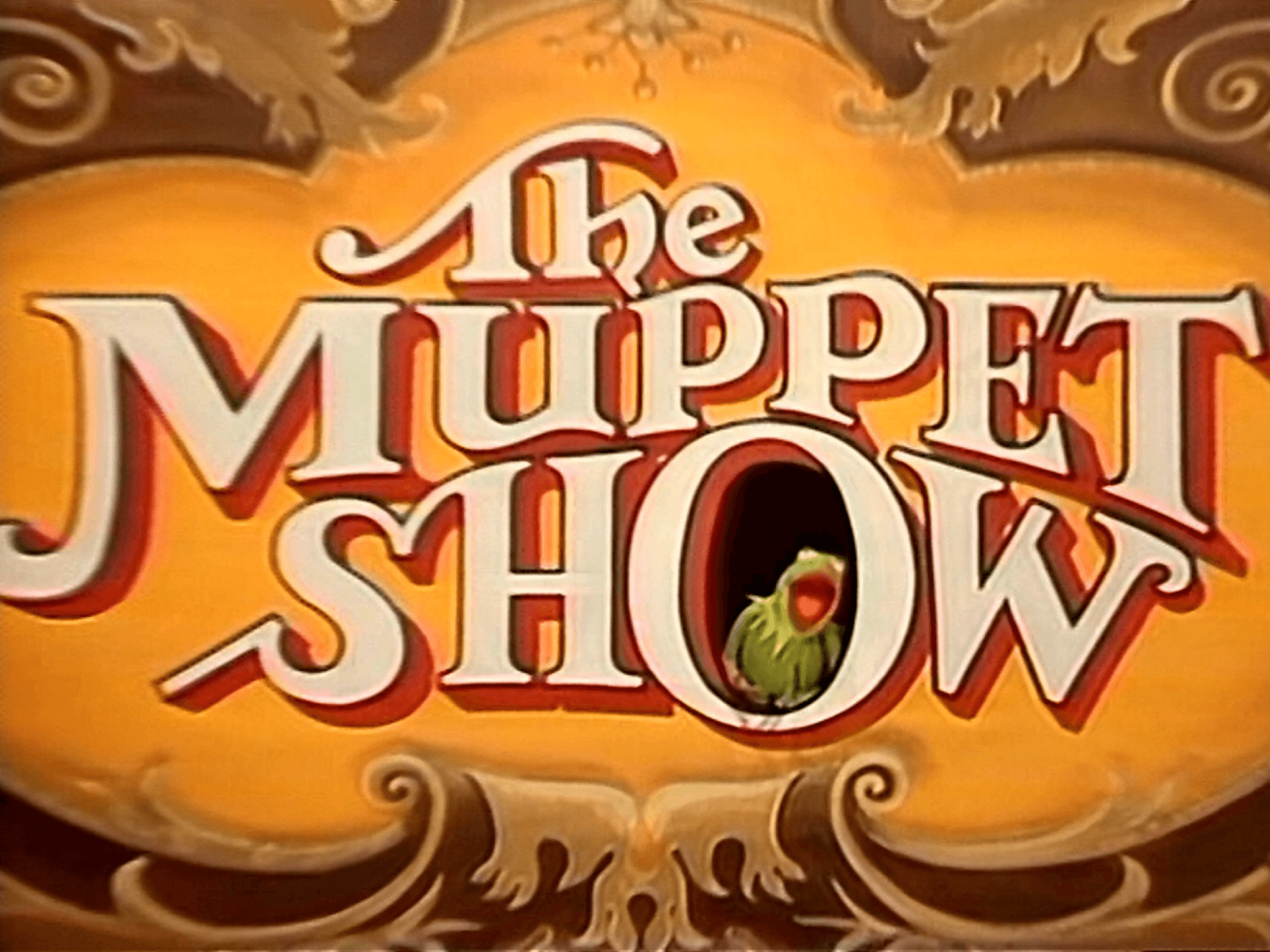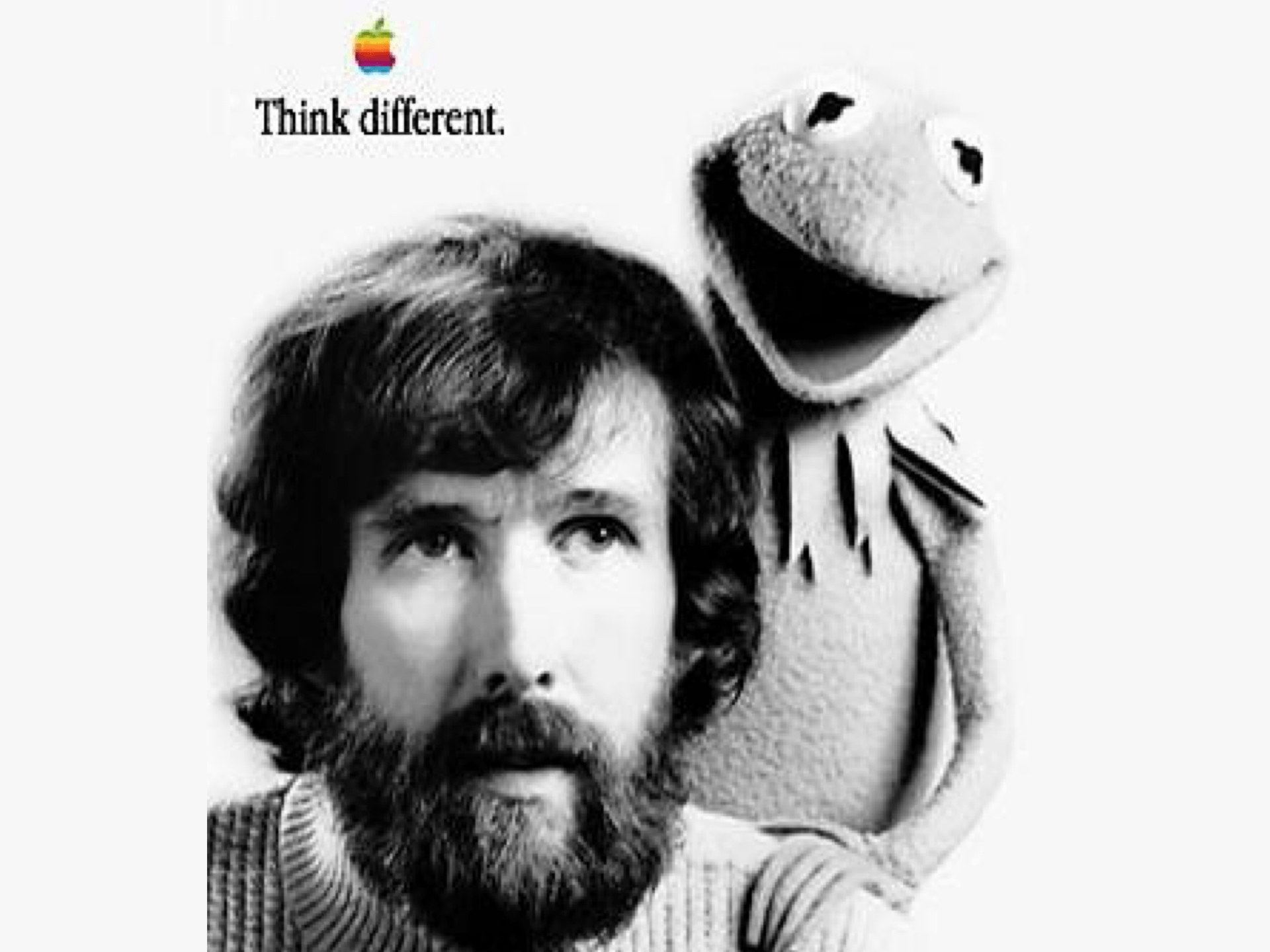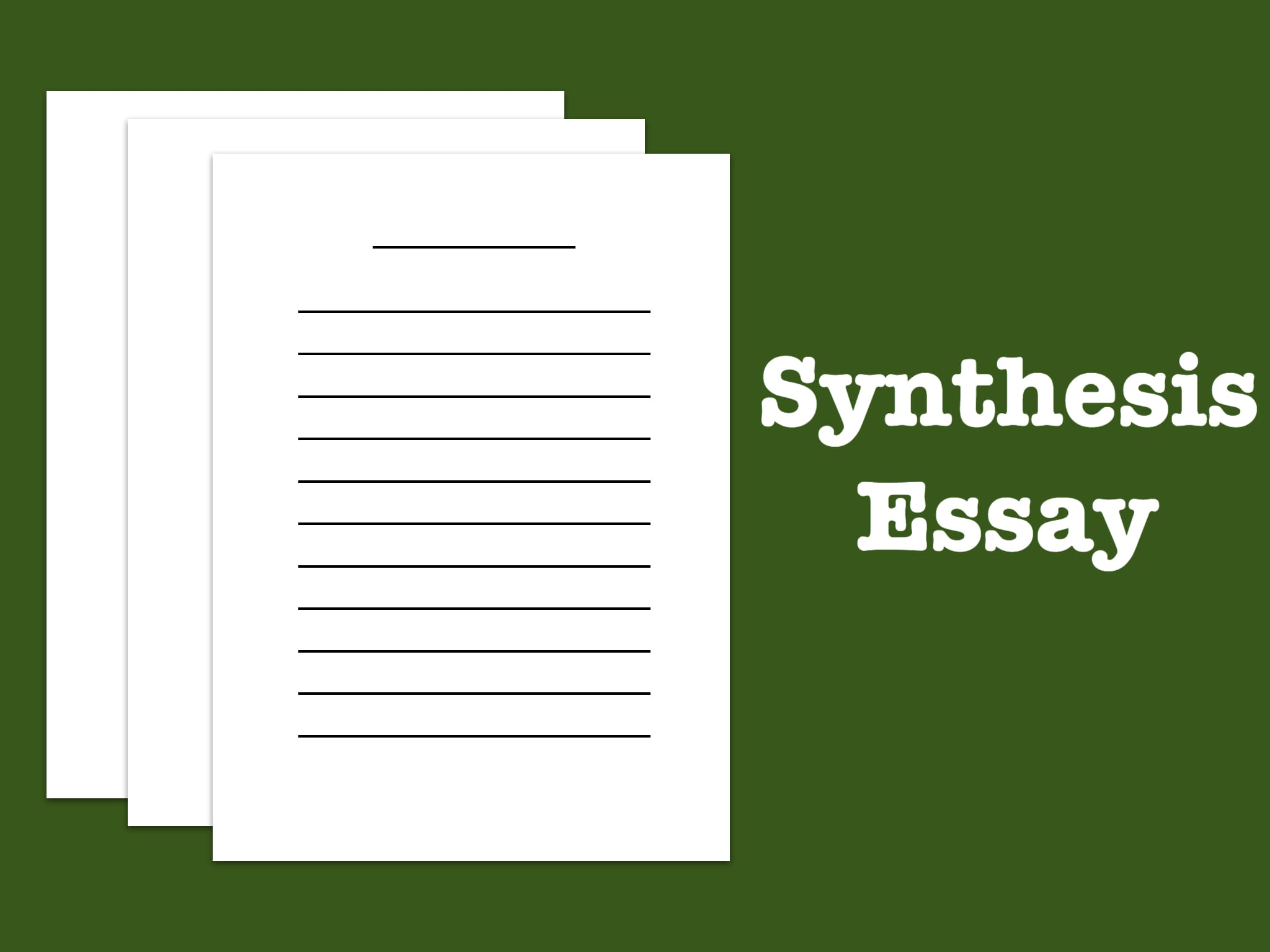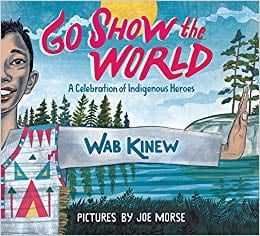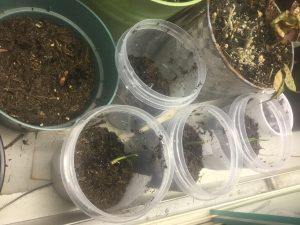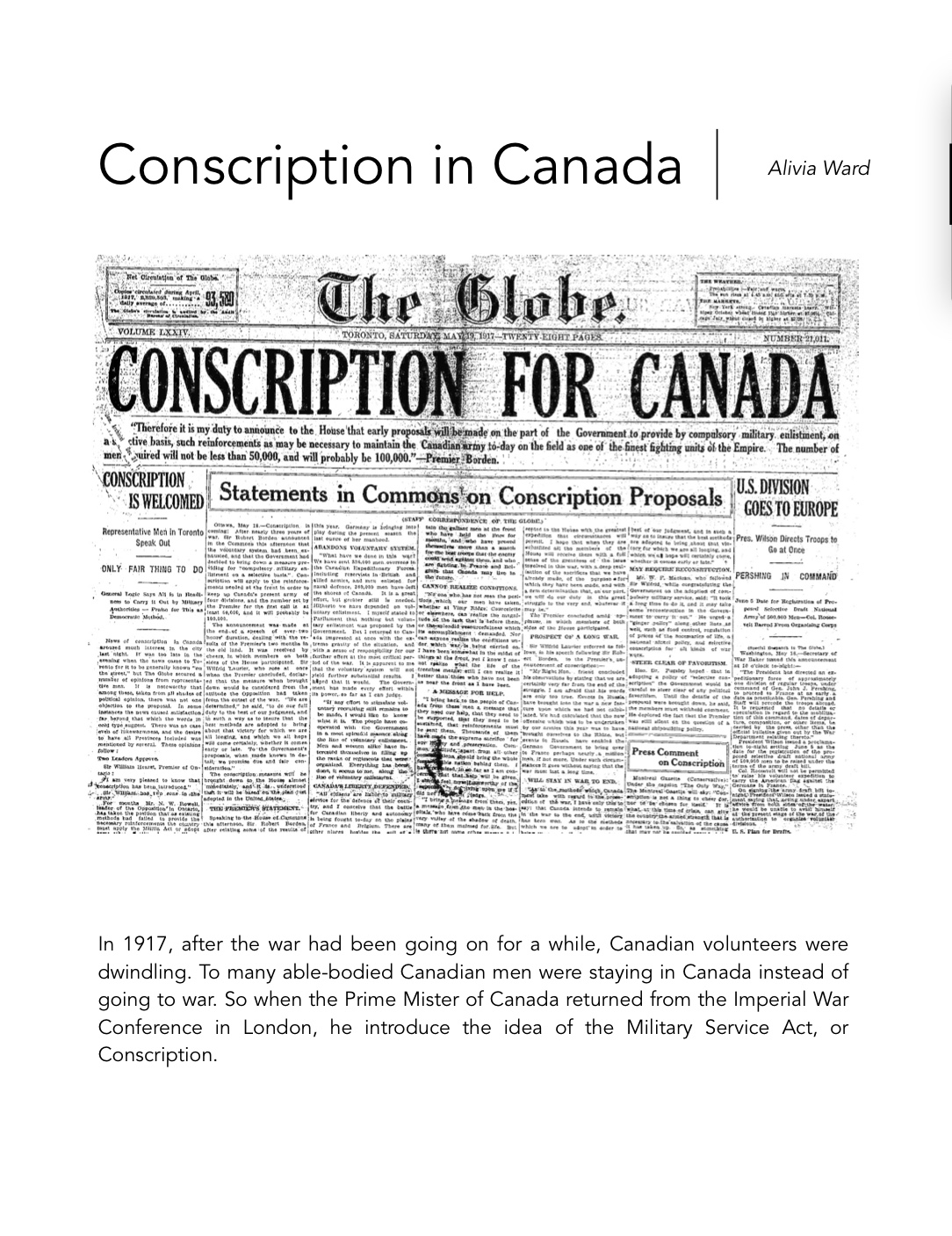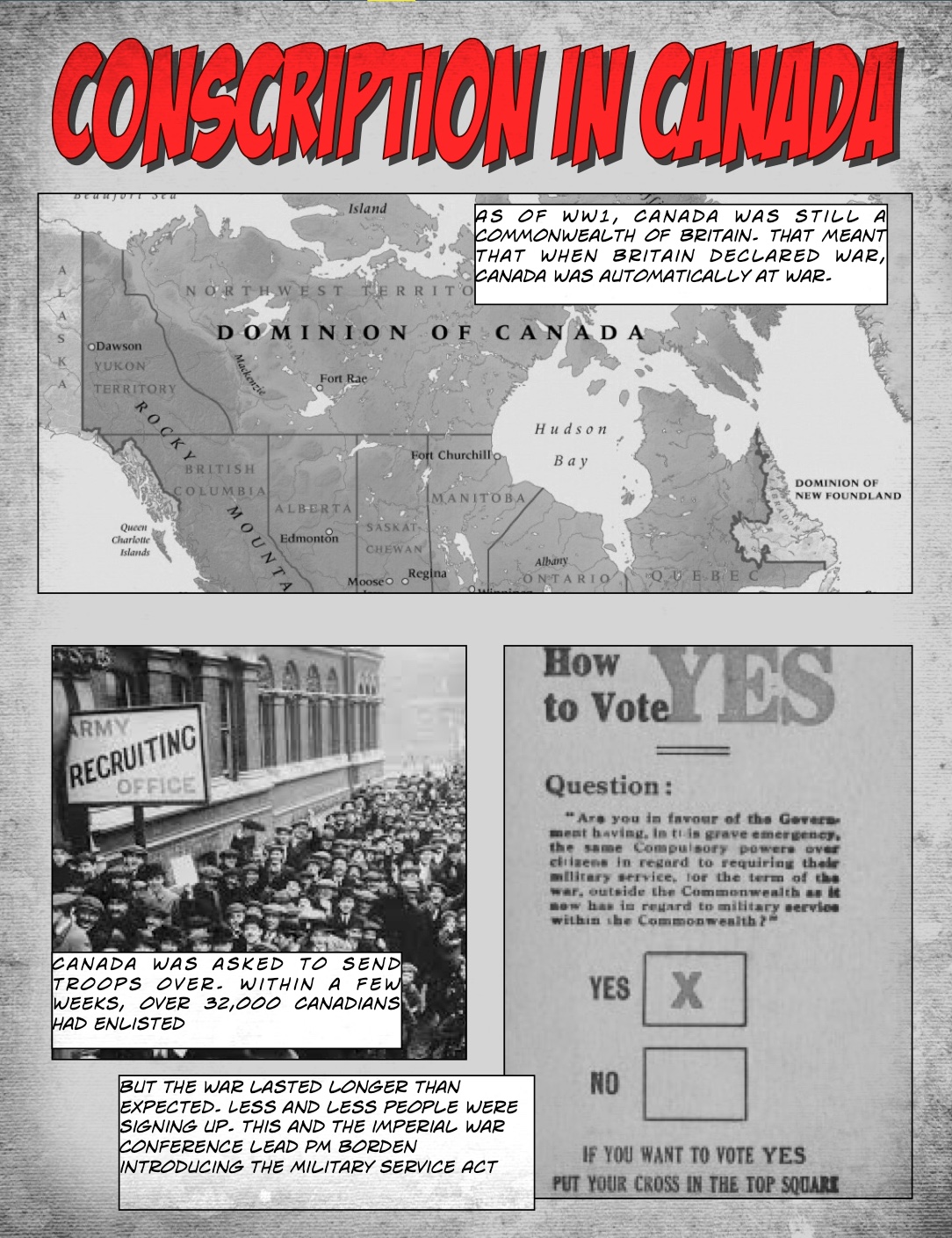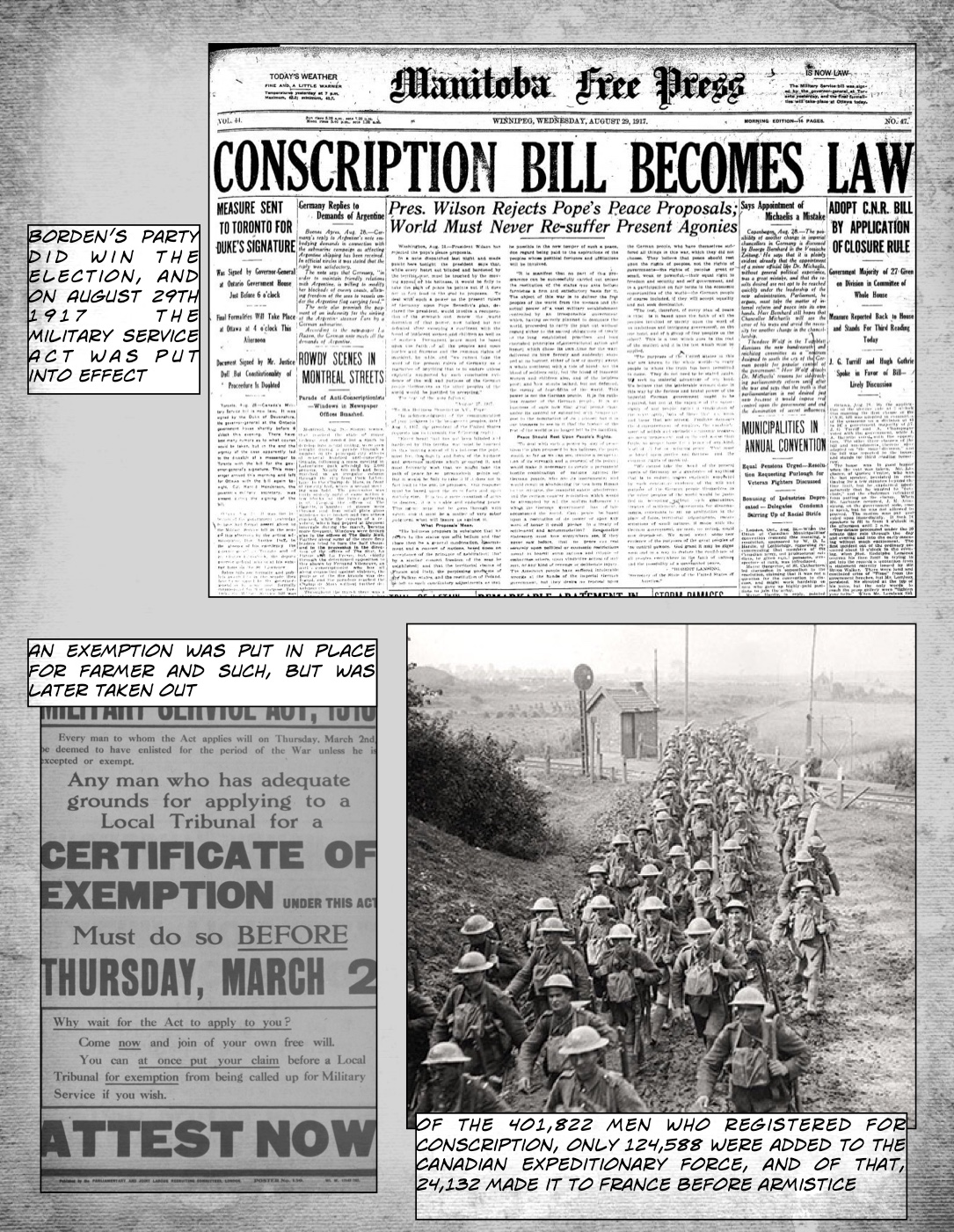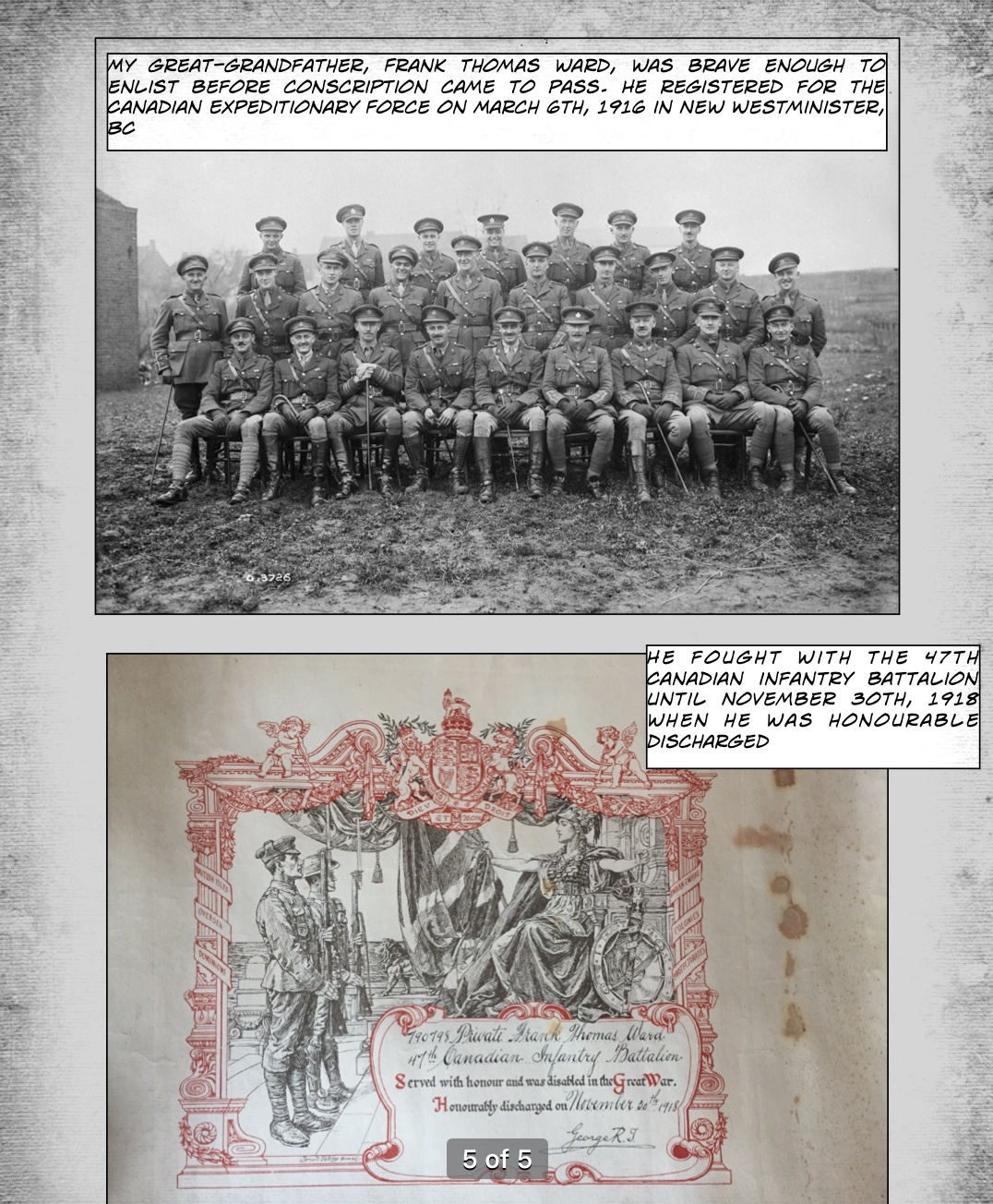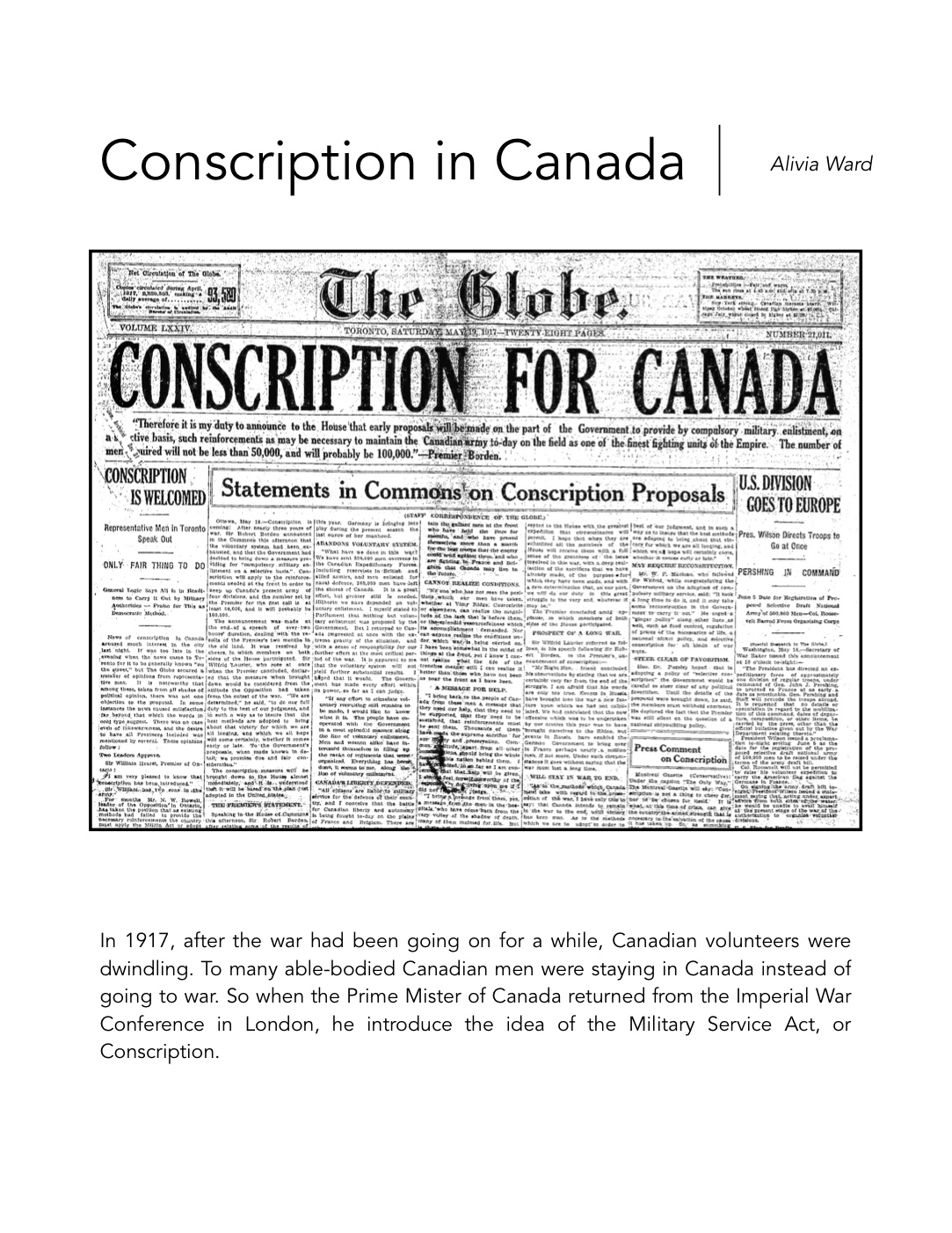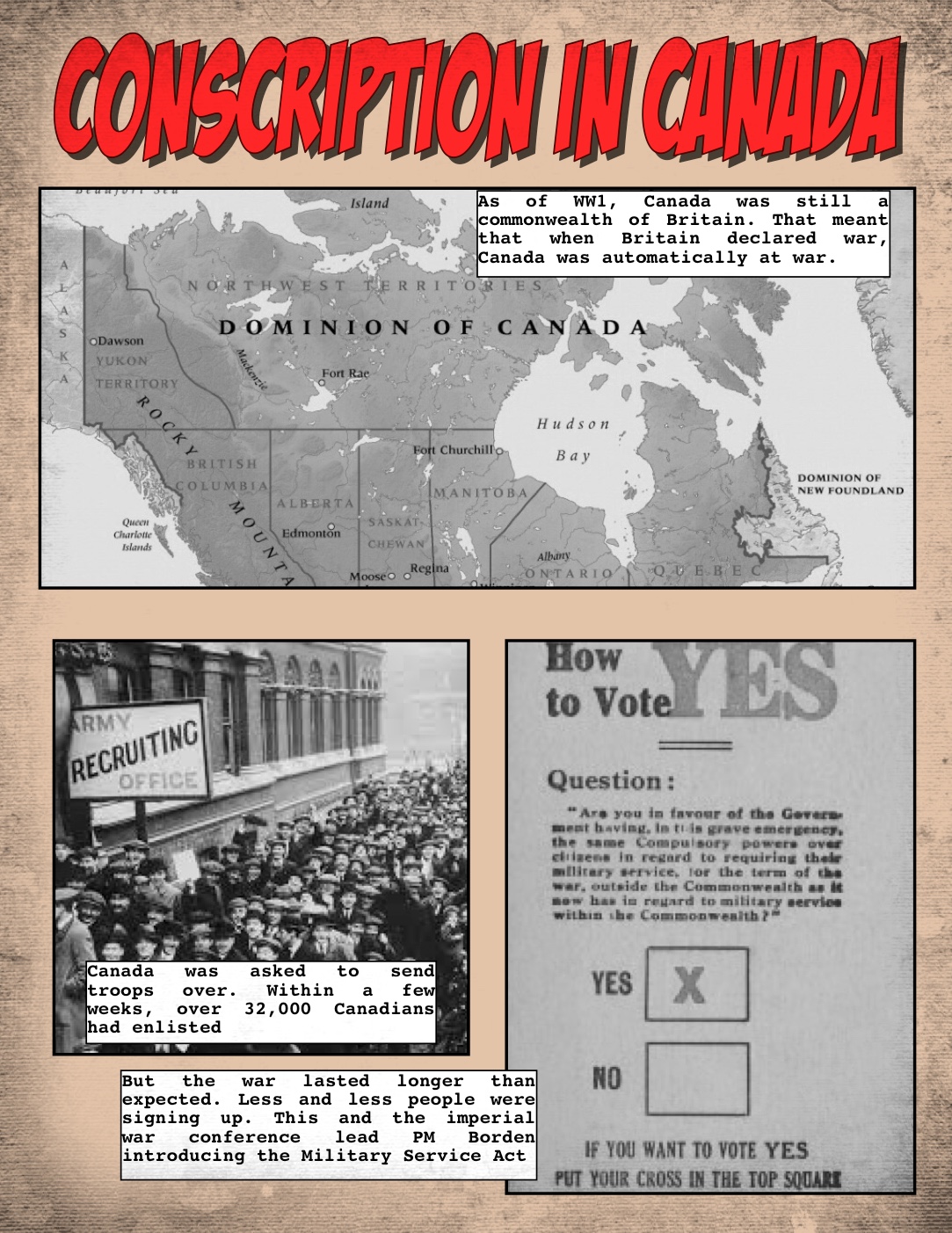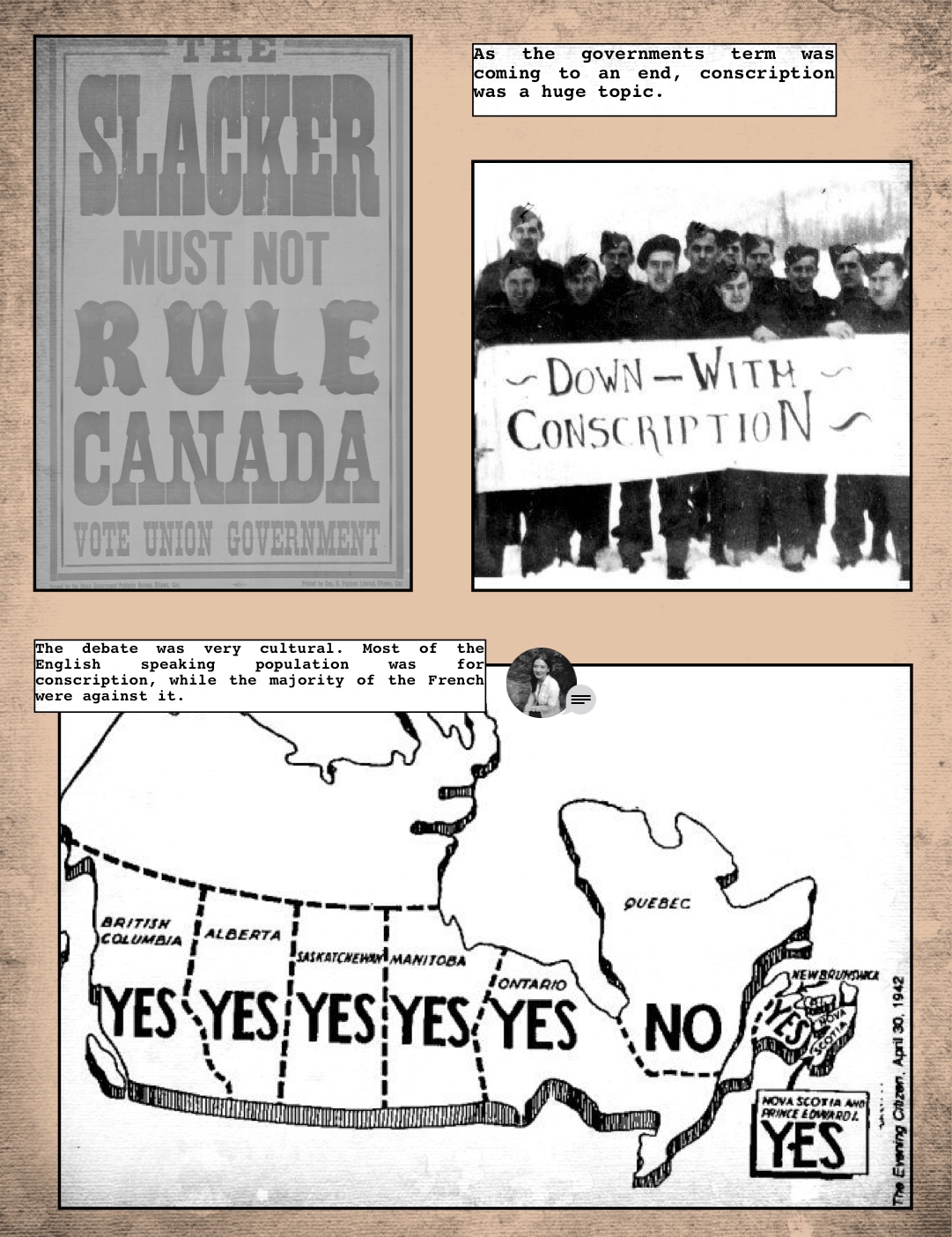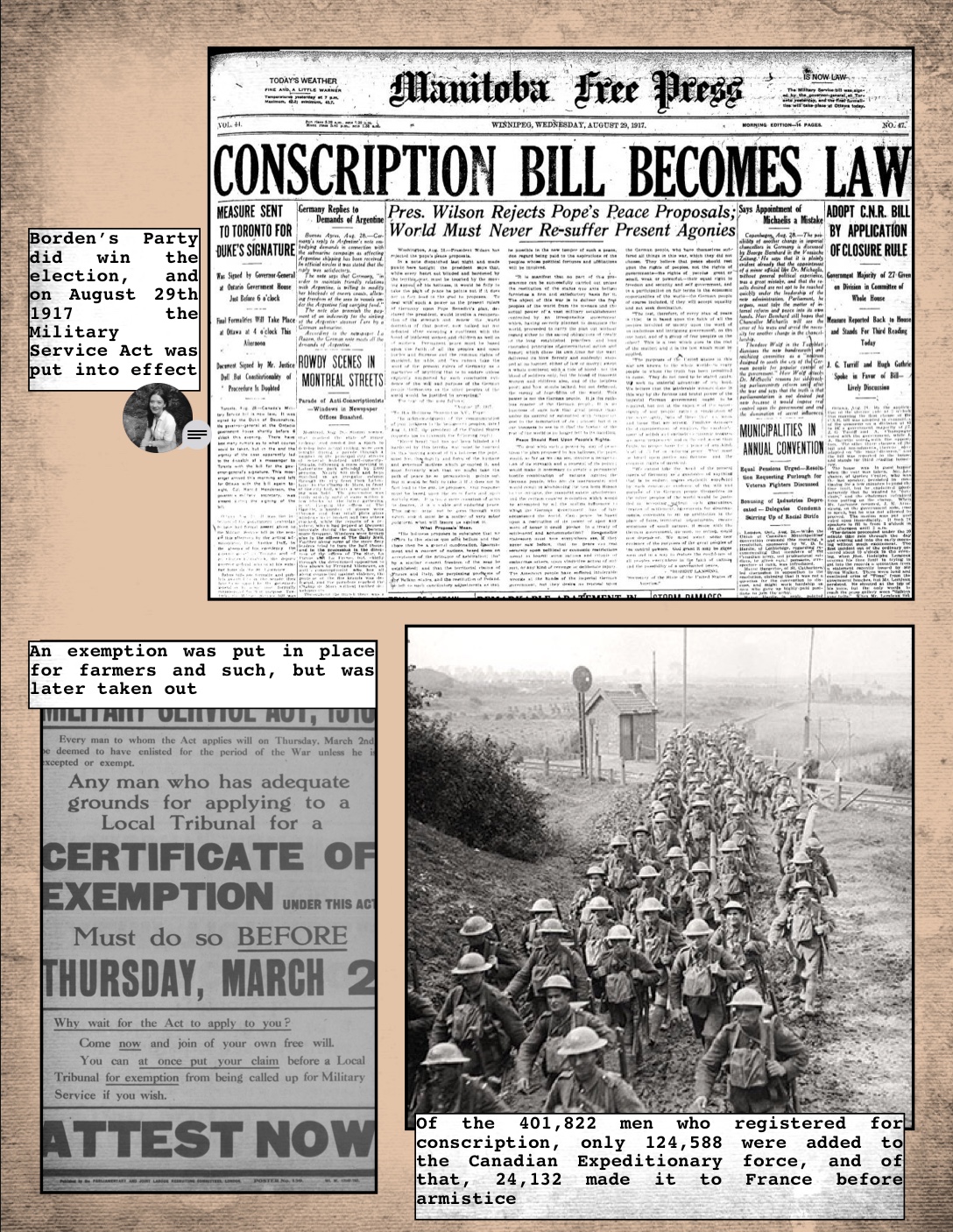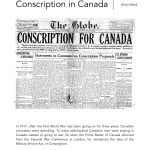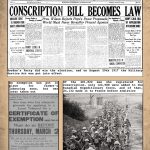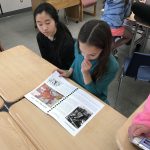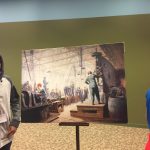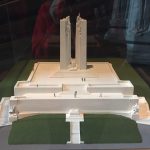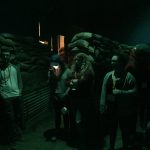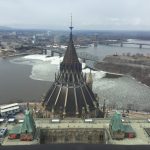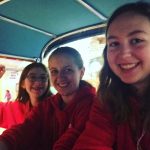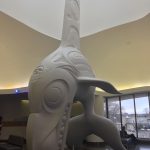As is the PLP tradition, every winter we have the Winter Exhibition, a night in which students of all grade level complete a different project and put it on display for the community. And as is another tradition (grade 8 exhibition), we had a week to complete this project. But this year, the teachers tried a new thing. Instead of starting a completely new project for the exhibition, we were working with an idea that we had been for a while, ‘Why Does It Take A Crazy Person To Change The World?’. And when I say a while, I mean a while. As Luca put it, we had all ‘overstood’ this topic. We had been learning about this for several weeks, and it came full circle.
To start the unit, we created a short PechaKutcha presentation, a term I will explain later. These presentations were based on people f rom Apple’s ‘Think Different’ campaign. This, as we now know, was a precursor to what we’d be doing at the exhibition.
rom Apple’s ‘Think Different’ campaign. This, as we now know, was a precursor to what we’d be doing at the exhibition.
As I mentioned before, here’s where I’m going to explain what that weird word is. So, a PechaKucha is a form of presenting where the slides auto play, which you may not think would be an issue. The real issue was, each slide lasted for 20 seconds, and there were 20 slides. 20×20, seven minutes in total. The first ones we did, mine on Jim Henson, only had 9 slides, and lasted for about 2-3 minutes (if I remember correctly, like I said it was a long time ago).
Another key part o f this project was our Seattle Field school, which I (will) explain in more detail in another post. But as an overview, we studied people (before the trip) and visited places (related to said people) to gain a better understanding of our question. All these deliverables, including an essay and a video, helped us ‘overstand’ this topic.
f this project was our Seattle Field school, which I (will) explain in more detail in another post. But as an overview, we studied people (before the trip) and visited places (related to said people) to gain a better understanding of our question. All these deliverables, including an essay and a video, helped us ‘overstand’ this topic.
As little or much as this may seem, I believe it was really important for us to have all this knowledge going into our exhibition. Because as you’ll see, our knowledge was what got us through to the other side.
Okay, now that we got through the history lesson, we can go to the spectacle that was the exhibition. Our task for the exhibition was to take all that we learned over the Cray Cray Yay Yay unit and create a PechaKucha presentation on ‘Why Does It Take A Crazy Person To Change The World’. Along with creating these 7 minute presentations, we also had to set up our room, which happened to be the back of the library, but I’ll come back to this later.
Creating our PechaKucha presentations were, not difficult, but challenging. We were tasked with using all of our own images and have most of them be from Seattle, which, at the time, I thought was mental and going to ruin my project, but I think really made it stronger. I had a solid connection to the picture, I knew exactly what was in it and what the purpose of it was. It did take a while for me to choose images that actually fit, and it was a bit stressful. But we had several drafts and lots of feedback, so I am pretty proud of how it turned out.
That was more of the maker side of things. Now, let’s talk about the ‘dire events’ that befell us on our journey, and their reason; the script and speaking. The script was one of the most difficult parts of our presentation. And we weren’t even supposed to have a script; only bullet points. In my first draft, I did try this. I didn’t really work out, though. I found myself saying ‘um’ to often, and seeming like I didn’t know what I was saying. So I did write a script to practice with, which was beneficial in the end. The controversial part of this was we had several plan-changes, which many people took very seriously. In the first round, we were allowed to have our iPads up with us when we were presenting in front of a podium, with presenter notes open, so we knew what to say. Next, we weren’t going to have a podium, and our iPads had to be on the ground, with our notes there. Finally, we had no notes, no nothing. Just us, up there, with a monitor on the ground showing what was being presented and our memorized ‘notes’ in our heads. Many people had problems with this, said that the teachers were being unfair, changing their minds. I do understand where this is coming from, seeing as the last revision was just days before the exhibition. But I found as I practiced my script, I got a better understanding of what I was saying, and articulated my words.
The hardest thing that I found was the public speaking. I’m not a great public speaker, I get very anxious standing by myself in front of people. In the days leading up to the exhibition, my stress kept getting higher the more I thought about it. But as soon as I got up there and started speaking, that all melted away. I knew what I was saying, and I was passionate about the message I was getting across. Everything kind of fit together once I started speaking. And as far as I know, it went great. I didn’t say um a lot, and I used hand gestures. I really think I conveyed my message, which I’m super proud of.
The last thing I will talk about was the room, which earlier I touched on. So, as you probably know, at the Winter Exhibition, each class has to set up a room to present in. Most times, you have to set up places where to display each persons project, and it gets kind of crowded. But for us, since we were presenting one at a time, we didn’t have to do that. With Jessie as our unofficial leader, we set up the Crazy Café, a lounge-like setting with comfy chairs, stools, tables, and even coffee and tea. It was an amazingly chill room, great for de-stressing pre and post presentation. For PLP 10, the exhibition was a huge success!
Overall, I thought this project went really well. I’m really proud of my PechaKucha, I think it went really well. I also got to work on my group work skills, when setting up the room. One thing I think I would do different next time is add a little more diversity into my work. It would’ve been nice to include at least one woman. Another thing is my photos. As confident as I was, if I’d known in Seattle that we’d need these photos, I would’ve probably tried harder to get those photos. But I’m proud of my work, and excited about how many people I actually got to tell my ‘crazy’ story to!
